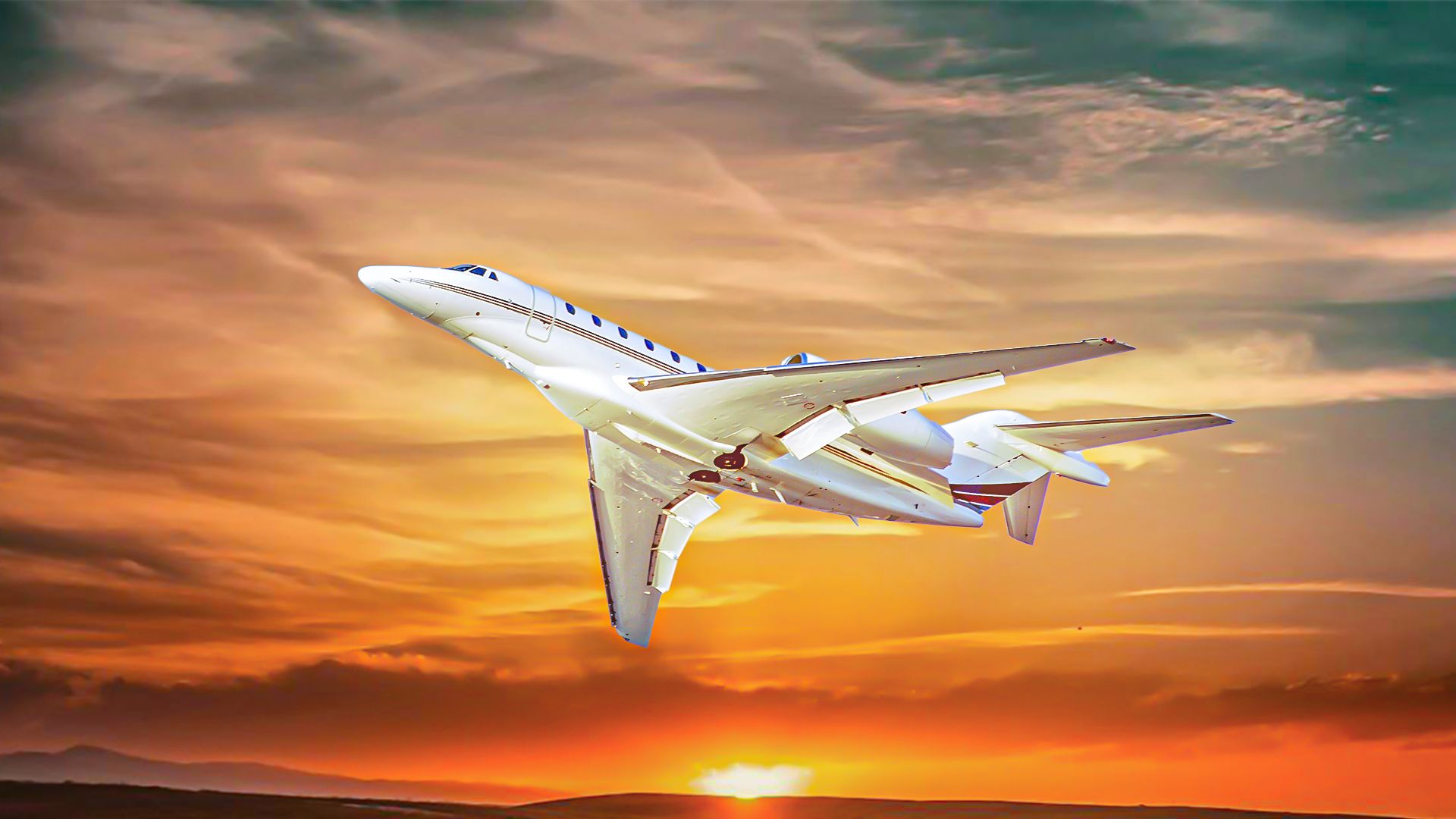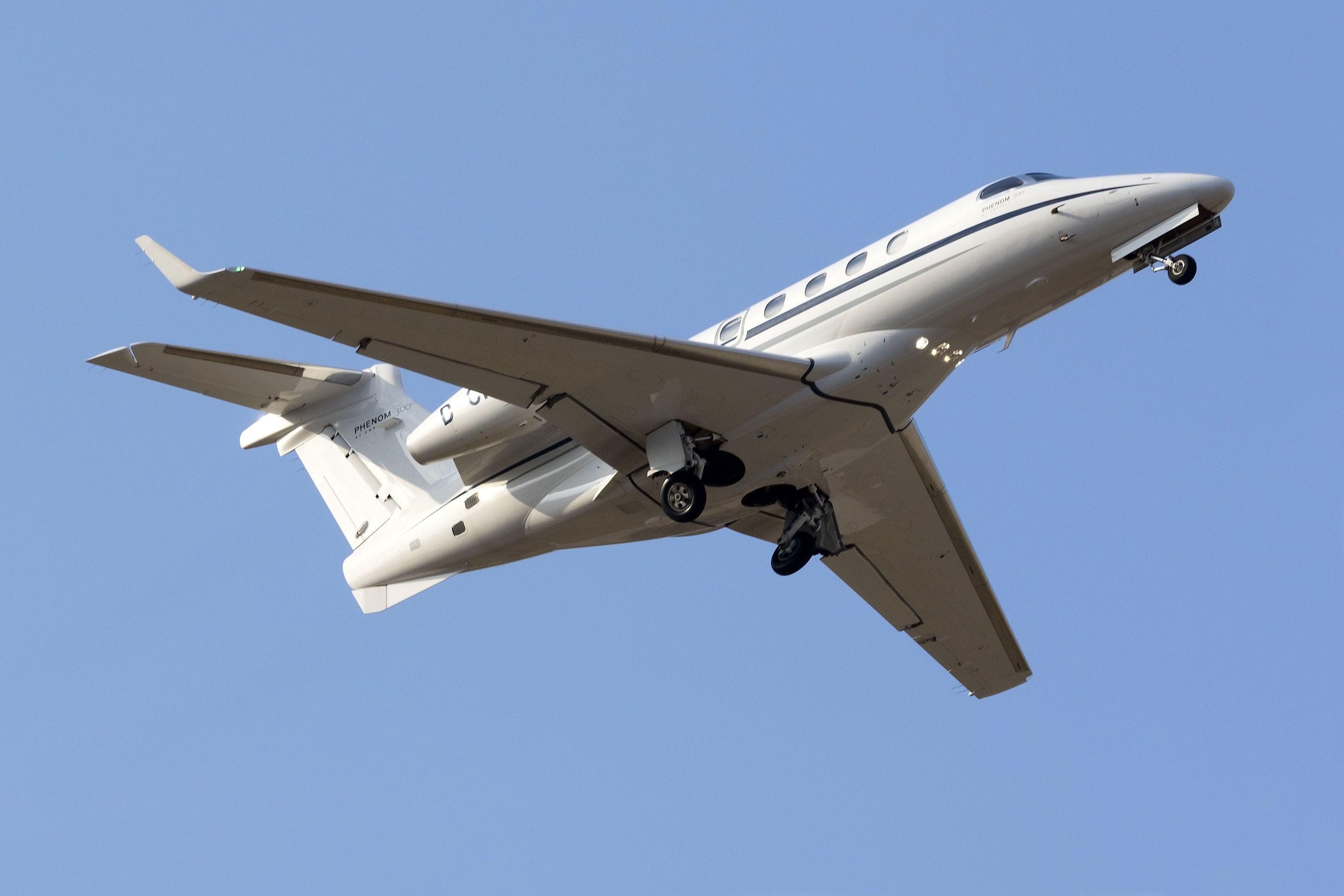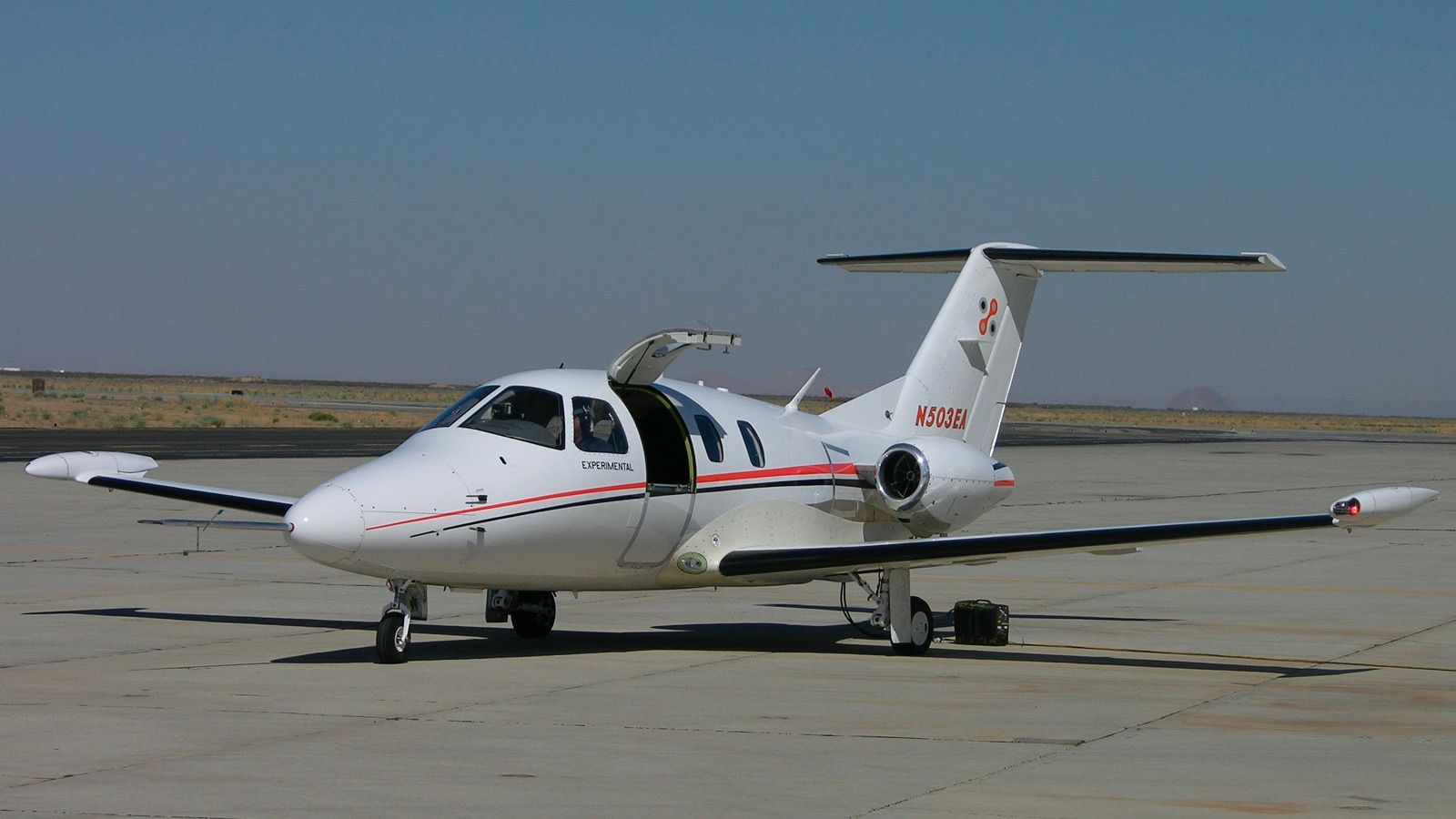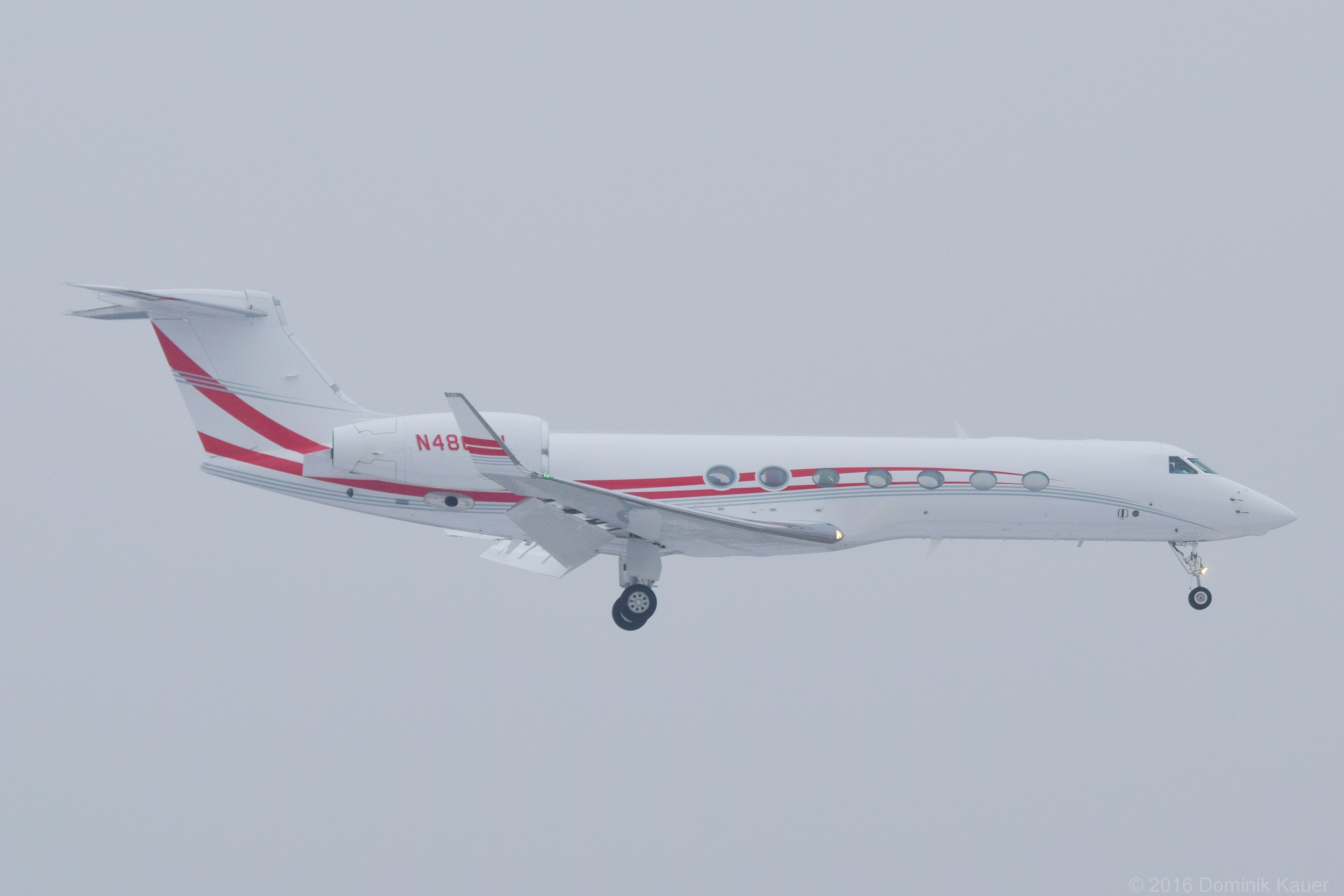Summary
- Private jets’ fuel consumption varies by size, weight, speed, and altitude, with light jets being the most fuel-efficient but having limited range.
- Fuel costs per hour for private jets range from $780 to $3,300, depending on aircraft size and fuel consumption.
- Fuel prices are dynamic, influenced by local markets, international trends, and factors like political instability in oil-producing countries.
With private jet charter operators, fractional ownership and membership providers adding fuel surcharges to their costs and the volatility of the price of fuel worldwide and concerns about sustainability and climate change, we raise the question, how much fuel do private jets use per hour?
Photo: InsectWorld | Shutterstock
Comparing fuel burn
Over the years, aircraft and engine manufacturers have worked hard to extend an aircraft’s range and speed whilst making aircraft more fuel efficient with lower fuel burn. Let’s take a look at two private jets at the opposite ends of the spectrum to see how much it varies.
Firstly, the Embraer Phenom 300 light jet uses 183 gallons per hour, according to Conklin & de Decker, in comparison to the ultra-long-range Bombardier Global 7500, which uses 528 gallons per hour.
Private jet fuel consumption depends on the weight of the aircraft, speed and altitude, weather, and take-off and landing. One of the most efficient light jets, for example, is the Cessna Citation CJ1+, which cruises at 381 knots at 41,000 feet, with five passengers using 132 gallons of fuel per hour at a cost of $792 per hour.
Comparing the use of fuel based on cabin size:
|
Private jet size |
Gallons per hour (low) |
Gallons per hour (high) |
|---|---|---|
|
Very light jet |
77 |
87 |
|
Light jet |
100 |
220 |
|
Mid-size jet |
200 |
300 |
|
Super mid-size jet |
250 |
380 |
|
Heavy jet |
280 |
550 |
It is easy to say that the larger the aircraft and its range, the more costly it is to operate, and the cost of fuel can vary significantly depending on timing and location. Light jets and very light jets are certainly the most fuel-efficient but have limited range. The model of the aircraft and its age are also a factor, as newer aircraft generally have more fuel-efficient engines. This saves fuel costs within the total operating costs.
Aircraft types and fuel consumption examples:
|
Private jet type |
Category |
Fuel consumption per hour in gallons |
|
Cirrus Vision SF50 |
Very light jet |
81 |
|
Hawker 400XP |
Light jet |
222 |
|
Citation XLS |
Midsize |
239 |
|
Falcon 50EX |
Super midsize |
319 |
|
Global Express XRS |
Large cabin |
532 |
|
Gulfstream G650ER |
Ultra long range |
498 |
|
Boeing BBJ 737 |
VIP airliner |
758 |
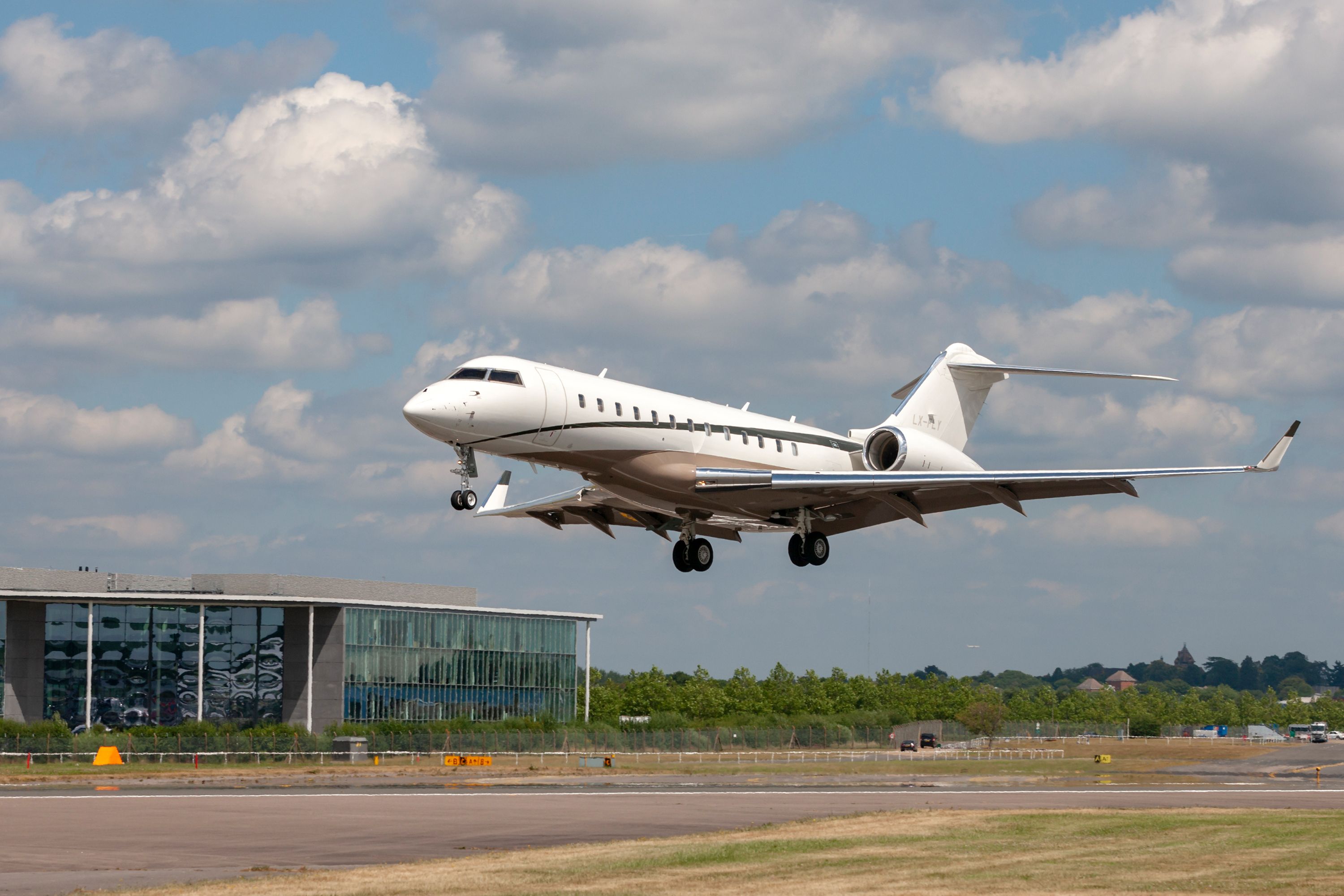 Comparison of aircraft types and cost per hour
Comparison of aircraft types and cost per hour
Calculating the cost of fuel per aircraft
To calculate the fuel cost per hour, multiply the fuel consumption per hour in gallons times the current per-gallon cost of jet fuel. Assuming that there are two pilots and four passengers, it gives an average range. Temperature, the weight of passengers and baggage, the length of the flight and other factors that can affect fuel burn.
Fuel consumption translated to a per-hour cost at the current average price of fuel ($6) based on aircraft cabin size:
|
Private jet size |
Cost per hour (low) |
Cost per hour (high) |
|
Light jet |
$780 |
$1,320 |
|
Mid-size jet |
$1,200 |
$1,800 |
|
Super mid-size jet |
$1,500 |
$2,280 |
|
Heavy jet |
$1,680 |
$3, 300 |
Individual aircraft operators may have their own estimates on the consumption of fuel based on operational data. Fuel consumption is usually calculated per hour as an easy way to compare operational expenses with different aircraft types.
Fuel capacity of an aircraft and cost
The maximum fuel capacity of private jets is a critical fact to consider. Let’s look at the Eclipse 500, a very light jet. Its maximum capacity for fuel is 1698 pounds, converting to 251 gallons. At an average of $6 per gallon, to fill it would cost around $1,506. The super mid-size Bombardier Challenger 350 has a maximum fuel capacity of 14,150 pounds or 2,100 gallons. At $6 per gallon, filling the aircraft with fuel would cost $12,600.
Let’s take another example, the Gulfstream G550. It has a maximum fuel capacity of 41,300 pounds or 6,100 gallons. At $6 per gallon, to fill the aircraft would cost $36,600. The larger the jet, the more it costs due to the larger fuel capacity. Of course, older jets are less fuel efficient and increase the cost of a flight.
Fuel pricing
Fuel is an important resource in the world and as we rely on it for almost everything, it is important that controlling it and monitoring it are key. Fuel pricing is very dynamic and will change based on the local market and trends internationally in fuel costs. For example, fuel costs are higher in Europe because of taxes and regulations. In the US, fuel prices are more competitive, so they tend to be lower. In Asia, fuel prices depend on economic stability.
When air travel peaks, especially during the holiday season, we often see a spike in fuel costs. If there is political instability in oil-producing countries, this can cause fluctuations in prices. To anticipate changes in fuel prices, watch out for market trends and historical data.
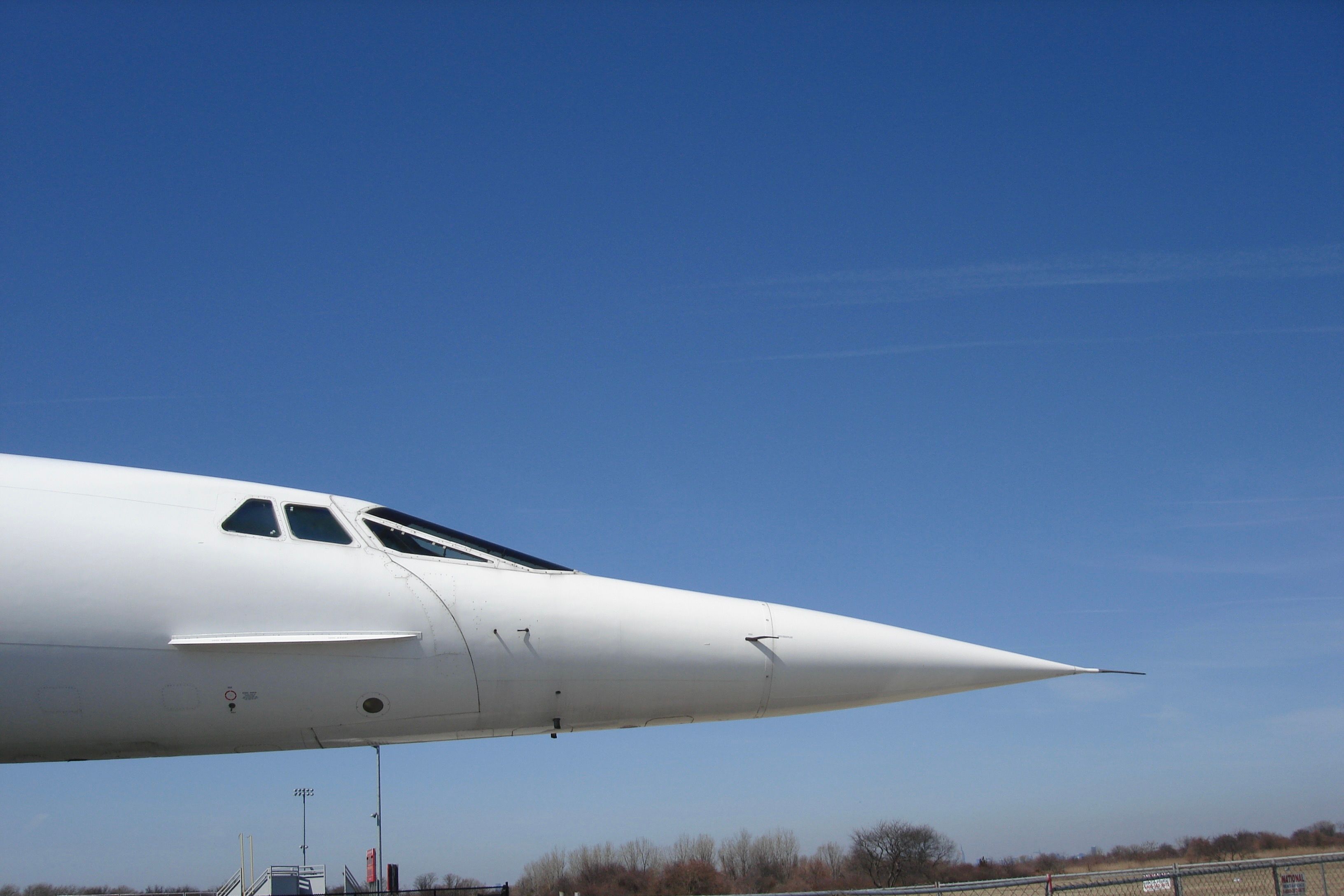
Related
How Much Fuel Did Concorde Consume?
Fuel consumption up to four times that of the Boeing 747 was a problem throughout Concorde’s operating life.
Fuel efficiency and savings
There are some ways to save on fuel costs. Flying at a higher altitude makes the aircraft more fuel-efficient, as there is less air resistance, which can be cost-saving over long distances. Some aircraft are more fuel-efficient at cruise speed. However, weather and air traffic control restrictions can compound this. If an aircraft flies frequently, or you have a fleet of aircraft, it is worth buying fuel in bulk and negotiating a discount, usually between five and ten percent.
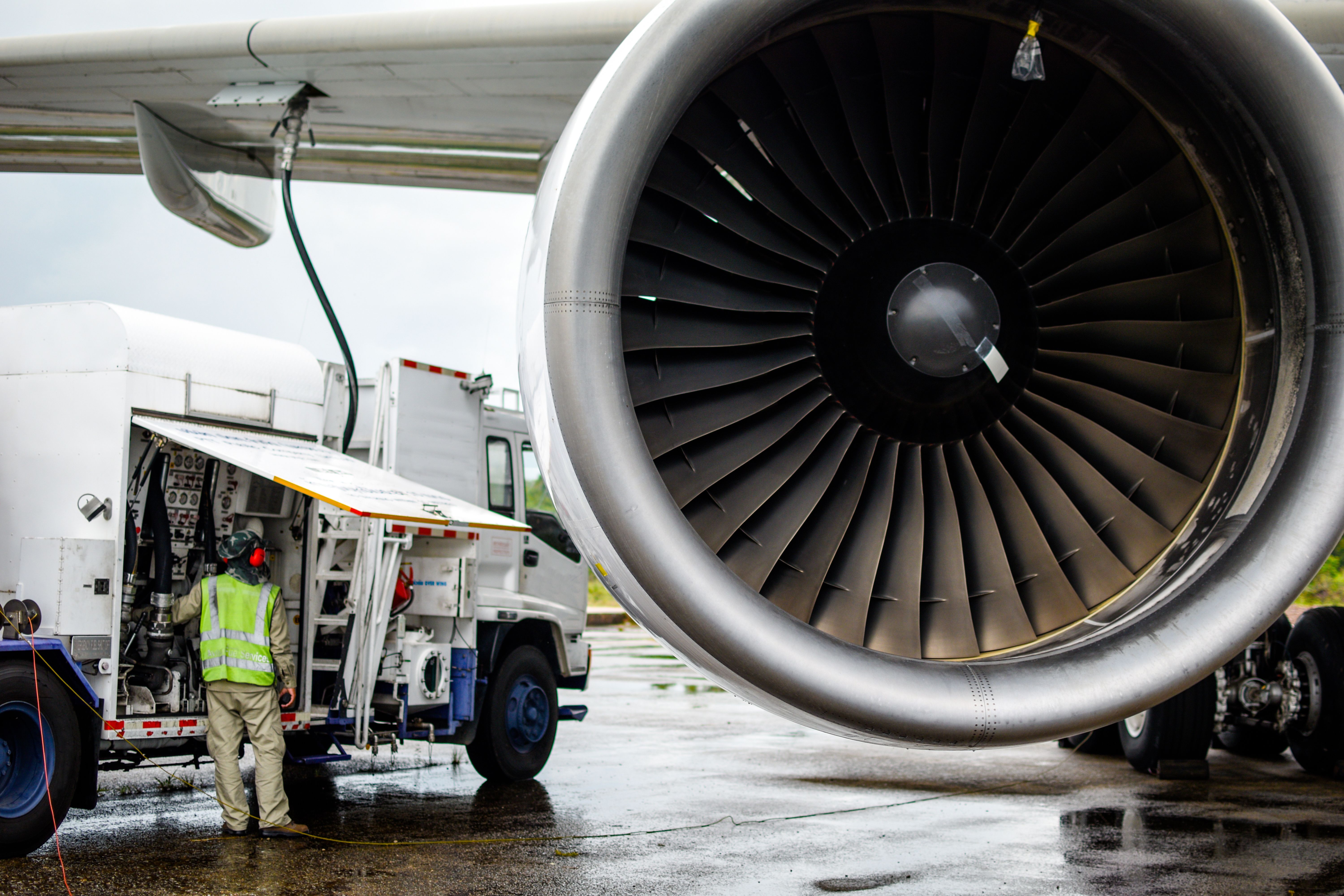
Related
How Does Aircraft Refueling Work?
Insights into commercial airliner fueling.

